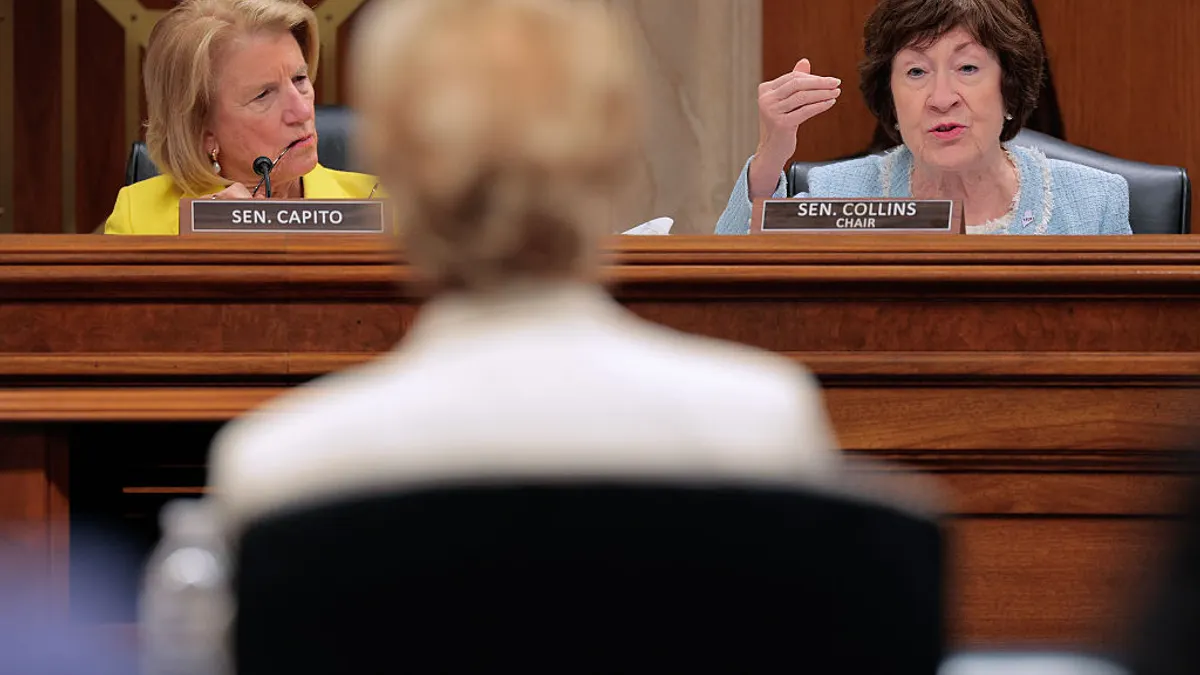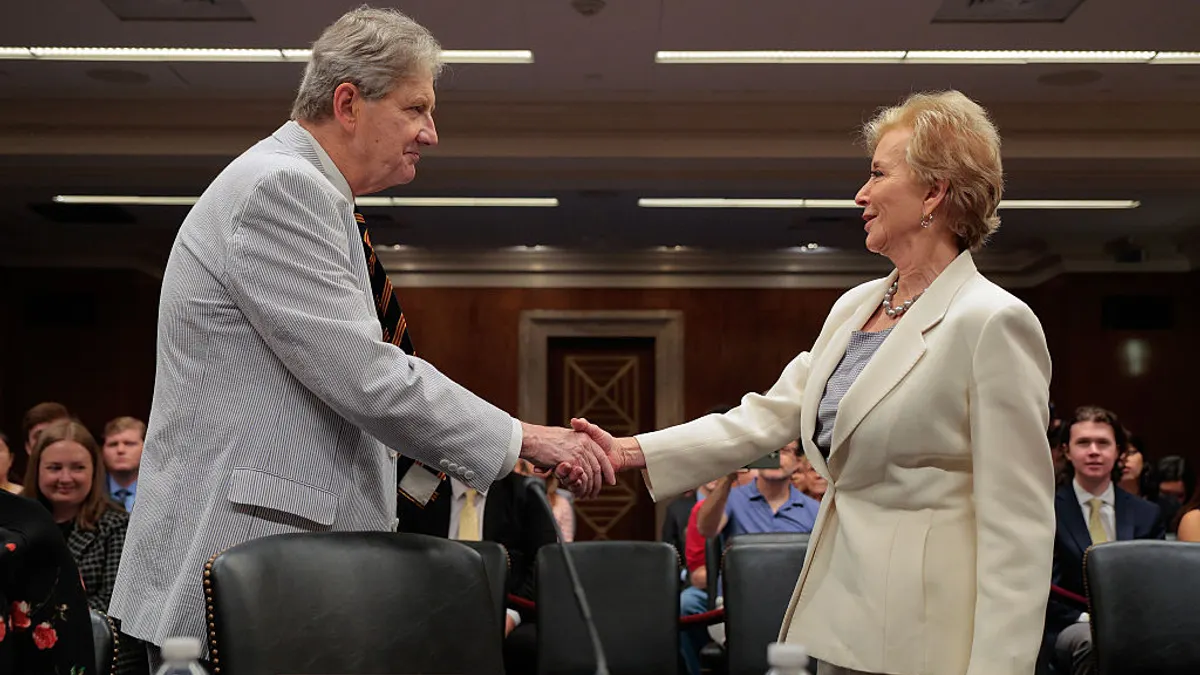Erin Covington is a managing director with the consulting firm Alvarez & Marsal’s Public Sector practice in Washington. She has served as a CFO or financial advisor to school districts across the country, focusing on allocating resources and transforming organizations to drive student outcomes.
Public schools around the country could see some of the most exciting educational innovations in decades — if districts have the courage to quickly deploy a federal windfall to schools’ best advantage.
It’s a big if.
The nearly $190 billion provided by the federal stimulus bills known as the Elementary and Secondary School Emergency Relief Fund makes for a sugar rush with a potentially hard crash: Schools must use the money for one-time expenses by September 2024.
Initial use of ESSER funds saw understandable spending on things like deferred maintenance and teacher recruitment and retention. These final two years of funding provide a moment for administrators to stop and catch their breath, to take this once-in-a-lifetime chance to level up with bold moves that expand educational effectiveness and opportunities.
Some top priorities for spending should be:
Upending school schedules
Schools could finally replace the traditional 8 a.m. to 3 p.m., Monday to Friday, September to June school schedule that long ago ceased to make sense in an air-conditioned, post-agrarian world. “Scheduling is an untapped resource that can serve as a catalyst for major school improvements,” concluded a review of data on alternative schedules, written for AASA, the School Superintendents Association.
Maine Township High School District 207 in Illinois, located near Chicago’s O’Hare International Airport, proposed spending its ESSER money on an extended school year, free summer school classes and a “block schedule” of extra courses to help its 6,200 students regain the learning lost during the pandemic — the funding’s primary goal.
Prioritizing mental health
Students not only fell behind academically during the pandemic, but emotional issues soared as well. Data that showed 37% of high school students reported poor mental health in 2021 "echo a cry for help," said CDC Acting Principal Deputy Director Dr. Debra Houry.
Accordingly, the approach taken by the 40,000-student Escambia County School District in Florida includes hiring 32 “navigators” — essentially in-school social workers — with the funding Superintendent Tim Smith called “the chance of a lifetime.”
Bolstering apprentice programs for trades
This is another newly important investment in transformation, given historic low levels of unemployment.
As schools reconsider the college-driven ideal of success, ESSER funding allows districts to accelerate career programs so kids graduate with real experience and skills beyond the diploma.
Investing in technology
ESSER funds provide the perfect opportunity for schools to buy technology that streamlines or reduces their annual operating costs. That becomes crucial as the faltering economy affects people’s willingness to pony up for tax increases to support schools, even as the same economic factors hitting people’s pocketbooks — soaring fuel and food costs — also impact school districts.
Any innovation that allows schools to cut costs in one area will free up funds for others. Green energy investments can save money in the long run while setting a community example on climate issues.
Planning, planning, planning
Good planning is critically important for these sorts of big bets that could permanently change education for the better. Public schools are staring down funding challenges on three fronts.
Thirty-four states fund schools based on enrollment, which dropped during the pandemic, portending funding cuts. With inflation, the cost of goods is skyrocketing. There’s also the pending 2024 fiscal cliff when the ESSER funds vanish. Multi-year planning, not just annual planning, is key to keep the improvements from vanishing along with it.
The beauty of ESSER funds is that they allow schools to plan spending based on the needs of individual districts. Where altering the school day or year might work best for one, another might emphasize “high-dosage” tutoring.
Facilitating transparency
The sweeping changes funded by ESSER — and the goals they aim to achieve — require leadership and accountability from administrators. That means transparency and a just-the-facts approach instead of promising rainbows and unicorns. In a challenging political environment, facts lead to greater buy-in and consensus.
I am cautiously optimistic we’ll see more of such innovation in the next two years than we have to date. But it requires a visionary mentality beyond simply using the money to play catch-up on the myriad dire needs facing schools.






 Dive Awards
Dive Awards















